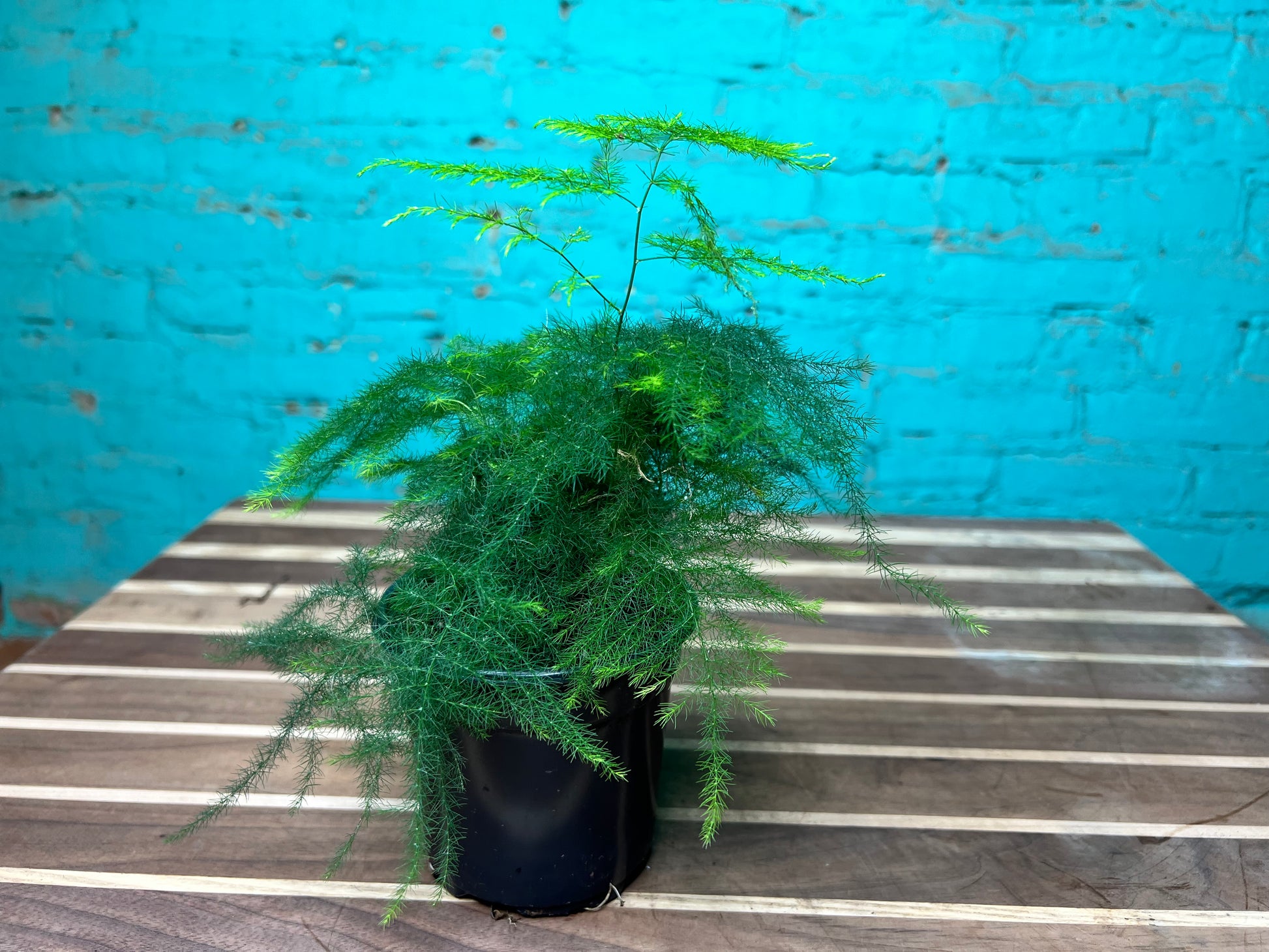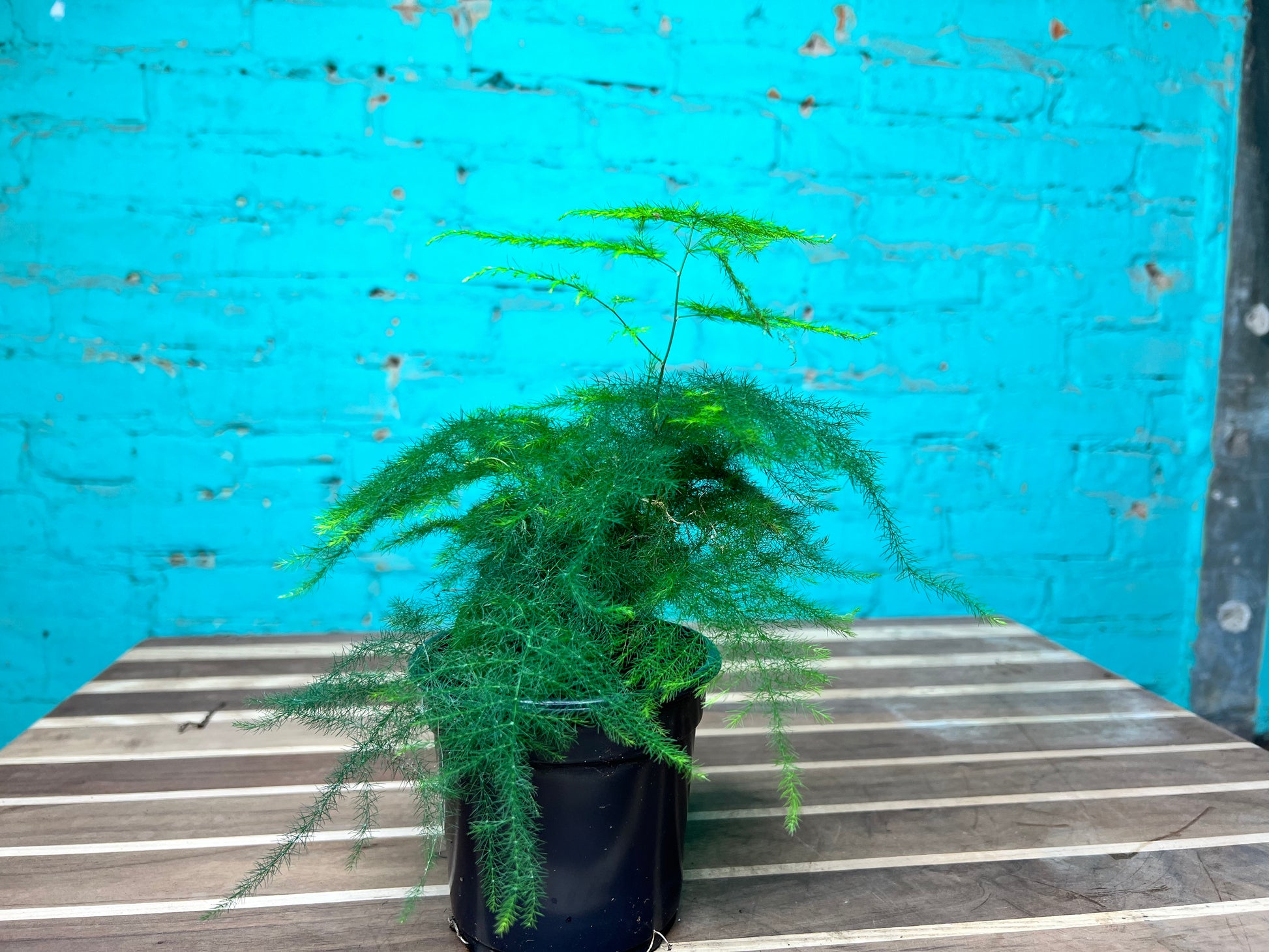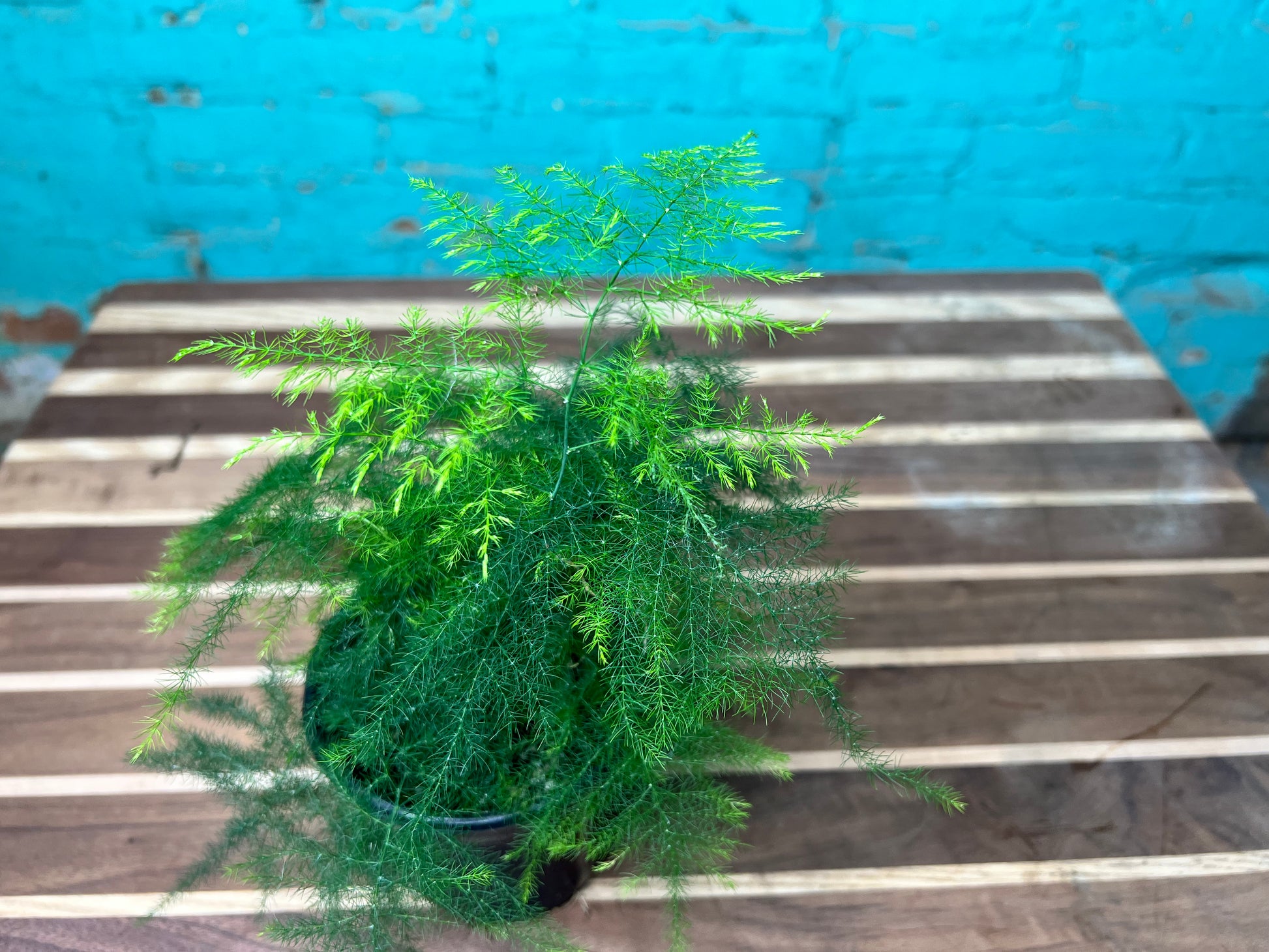The Rooted Plant Shop
Asparagus Fern
Asparagus Fern
Couldn't load pickup availability
Asparagus fern is easy to grow and is normally planted in the spring in warm, humid climates. Indoors, the key to a robust asparagus fern is to keep the plant properly watered, bushy, and dense, so its lace-like foliage forms an attractive mound. It does well in both garden beds and container gardens and pots. When asparagus fern is content in its location, it can produce small flowers followed by berries that are mildly toxic to cats and dogs.
Here are the main requirements for growing asparagus fern:
- Plant in partial shade in organically rich, moist, well-draining soil.
- Grows well in warm, humid climates, but water enough to keep the soil moist.
- Fertilize with a liquid or water-soluble all-purpose plant food.
- Prefers temperatures of a high of 70°F and low of 55°F.
The asparagus fern thrives in dappled shade, although it can be acclimated to more light. Keep it out of direct, bright sunlight, which may scorch the foliage.
Plant asparagus ferns in pots or containers in moist, loose, well draining soil.
Asparagus fern grows well in humidity, so warmer, humid air and daily misting will help it thrive. Outdoors, keep the plant well-watered and the soil moist to prevent it from completely drying out (You can gauge dryness by the top inch of soil.) Indoor growing conditions are often too dry, especially during the winter heating season. Mist the plant daily, focusing on the arching stems.
There are several popular cultivars of asparagus fern, including:
- Myeri which is also known as foxtail fern, has dense foliage on upright stems.
- Sprengeri which is also referred to as an asparagus emerald fern, boasts long stems and a full, almost fluffy, mounding form.
- Sprengeri Compacta has the same features as its namesake but is a dwarf variety.
- Nana features bright green foliage and is another compact variety of fern.
- Foxtail Fern boasts luscious, fluffy stems of pine needle-like leaves, which gives it a plush appearance and is popular in flower arrangements.
Asparagus fern's leaf-like cladodes. The true leaves are barely visible scales near the base of the cladodes. While the ferns look soft to the touch, they're quite sharp.
Asparagus fern seeds can be found inside the small red berries produced by mature plants. When the berries are fully ripe, mash them and strain out the small seeds. There are typically one to three seeds per berry.
Before planting, scarify and soak seeds overnight. Then, press them on top of the soil. The seeds need light to germinate. Germination should take a few weeks.
Share
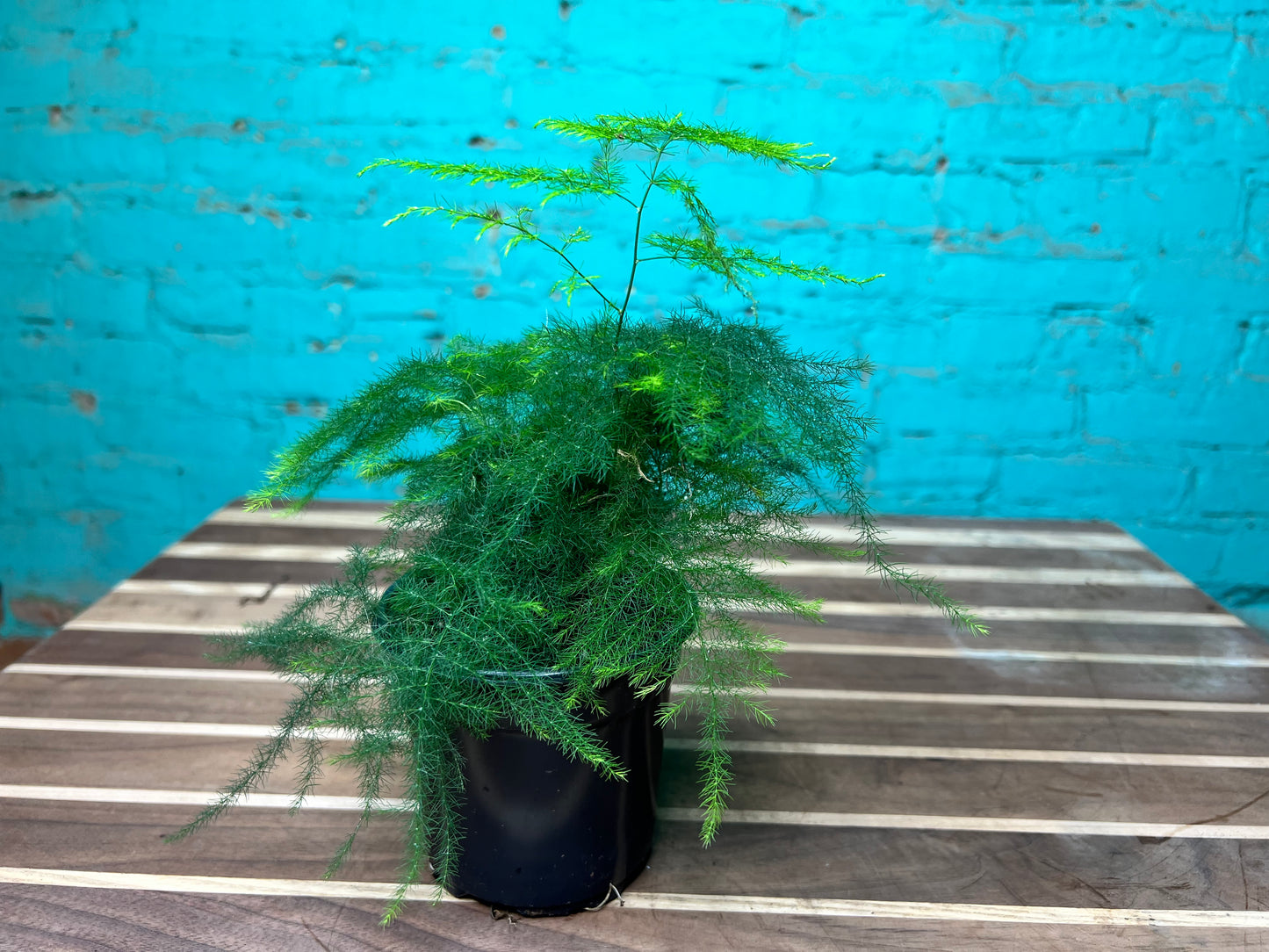
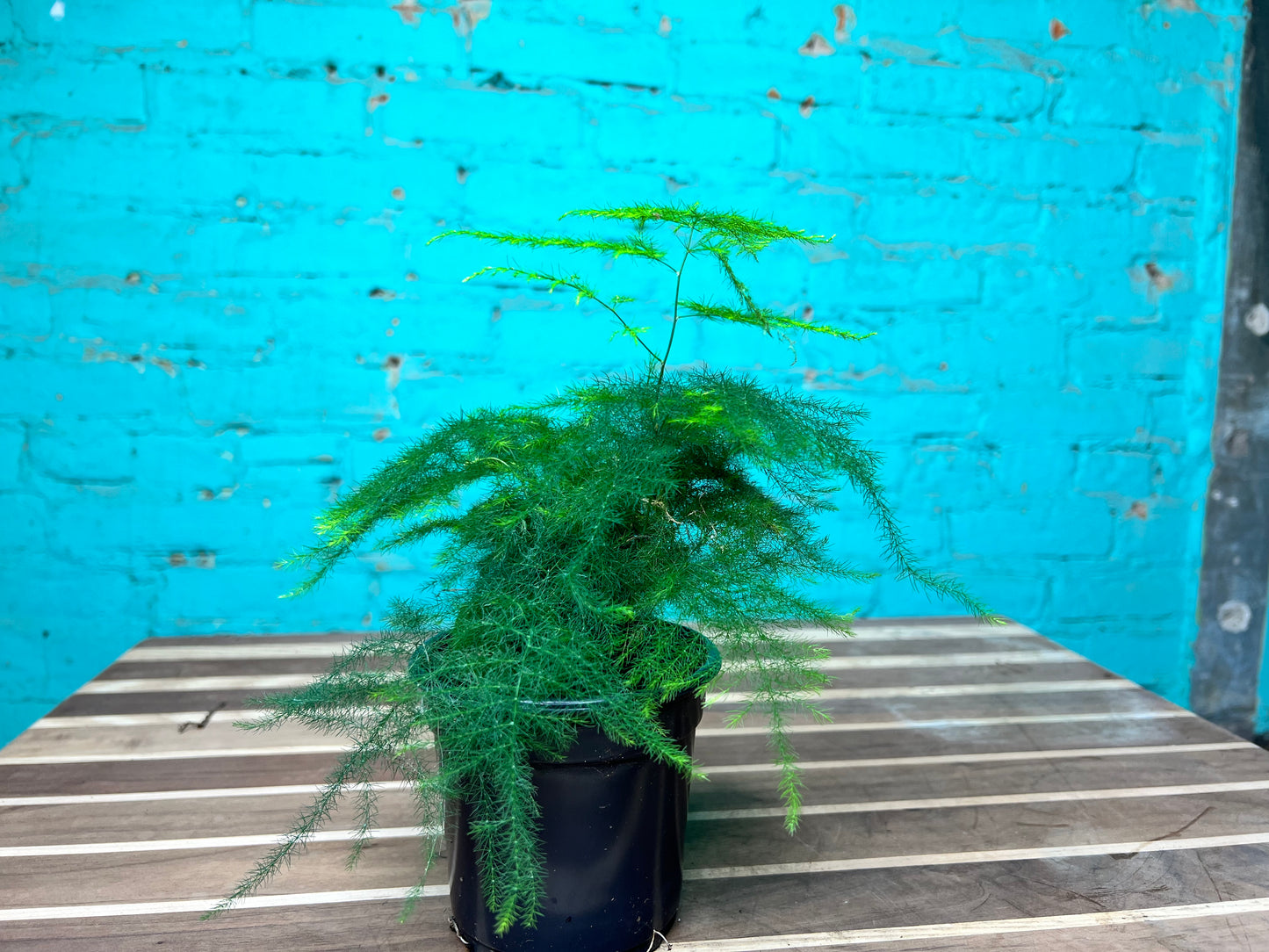
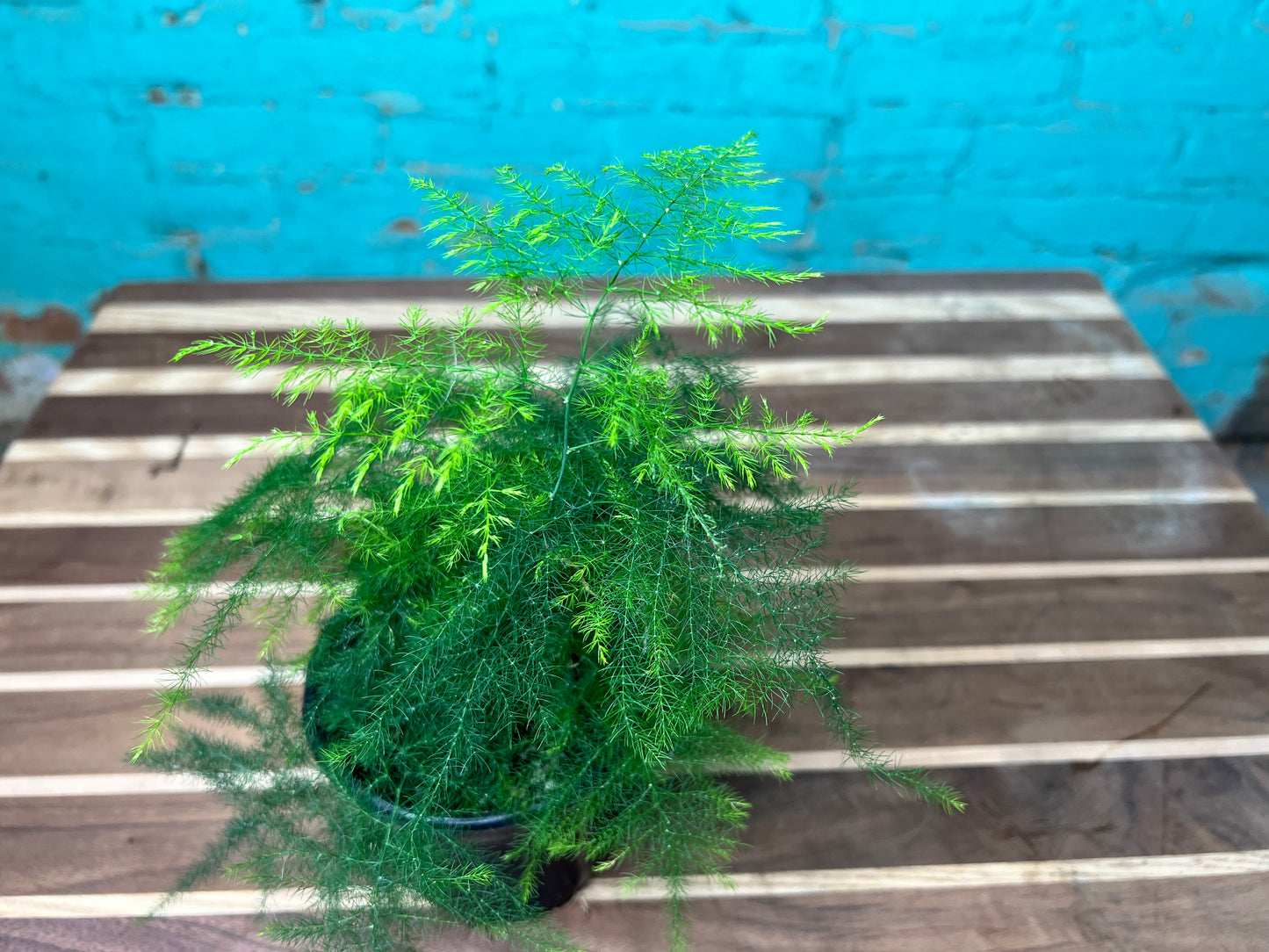
Let customers speak for us
from 424 reviewsThe packaging was great. Everything safe and secure. Beautiful fully intact plant with a cozy heat pack.

This is my 2nd time purchasing an Alocasia Polly 4 1st time in the winter 😍 40 hour heat pack was surprisingly hot on arrival Superbly Packaged! Super healthy and pretty I’m so happy thank you

Loving it so far! It’s beautiful!

Do not hesitate! Add to cart and checkout, you won’t be disappointed. Mel is incredibly knowledgeable and has taught me so much, she doesn’t just sell plants she teaches and shows you how to keep them alive and thriving! I always receive my plants quickly, and most important - safely. Mel packages them with so much care, and ensures they will make the voyage okay! We are in the thick of winter in Wisconsin, and both times our heat pack was still warm and plants were good. And I haven’t even mentioned the quality, huge selection and amazing prices! One other thing worth noting is none of her plants will come with problematic pests like many bug box, ope I mean big box stores! Here are a few photos, I wish I could share more than 5.
This plant arrived healthy and beautiful in spite of below freezing tempertures outside. 😁

All of my plants arrived perfect and are so beautiful! Will be coming back.

Packaging was great!!! Plants arrived is great condition and heat pack was still a little warm.

She was delivered looking like perfection! She was packed beautifully. Mel is my new go-to for all my plants!

Plant arrived quickly and heathy Inspite of cold temps. Plant was wrapped and shipped with the utmost protection and care!!! The firefly is doing well in her new home!!!! Will purchase again from The Rooted Plant shop without hesitation!!


